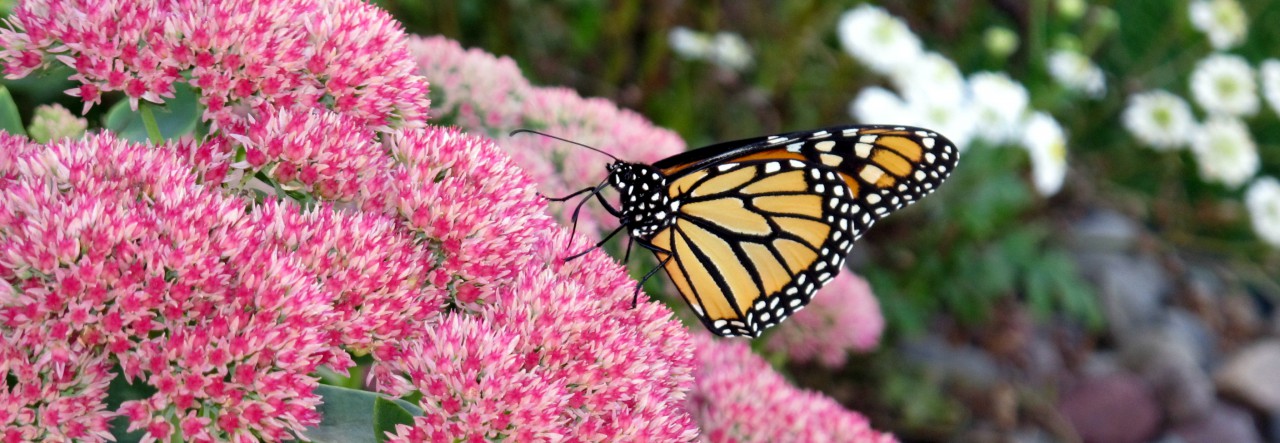In the recent months the hot topic of vaccines and autism has surfaced. This is not something that is new and there are many people that have very strong opinions on both sides. For both sides have you ever thought about the role that electromagnetic fields and electromagnetic radiation play?
In 1985, the rate of autism was from 4 to 5 in every 10,000 children1 in the US. In 1985, two years after Motorola released the first cell phone there were approximately 900 cell phone towers in the US3. In 2004 the rate of autism had increased to 1 in every 125 children2. In 2005 there were 175,725 cell phone towers in the US3. In 2012 the rate of autism was 1 in 68 children2. As of July 1, 2012 there were 480,058 cell phone towers with more than 1.5 million antennae’s in the US3. Based on our demand for more data to stream videos and communicate, those numbers have and will continue to rise. As of March 31, 2016 there were 599,462 cell towers with 1,818,436 antennae’s in the US4. However, this is not the only technology to rise dramatically.
Today Wi-Fi is ubiquitous in society. Wi-Fi can be found almost in all the places that we shop, eat, work, and lest not forget is in nearly everyone’s home. On top of Wi-Fi we have all of the wireless devices that we claim we can’t live without, although we did just until a few years ago. We are also inundated with Bluetooth compatible devices, smart meters, DECT phones, and electricity that keeps getting dirtier and dirtier all of which add to the problem.
I am not stating that all of autism is solely caused by the technology that is embedded in our lives, but to deny the role that it has is ignorance. The bigger thing is what can you do about it? There is a way to see what role all of the technology in our lives plays in regards to not only autism, but ADHD. This remedy is free and has no side effects (meaning you will see improvement or things will stay the same) and is explained here. If you do see an improvement and want the rest of your house more thoroughly tested just contact me at darnell@flutterbusters.com
As many of you would assume there is so much more evidence to suggest that EMF and Autism are related besides a simple comparison between rates of autism and cell phone towers, though the latter is much easier to explain and understand. For a much more in-depth look into this topic I would urge you to read Autism and EMF, which is a two-part review of the topic that was published in Pathophysiology. You can read the complete Part 1 piece here and Part II here.
- http://www.ncbi.nlm.nih.gov/pubmed/15148861
- http://www.cdc.gov/ncbddd/autism/data.html
- Blank, Martin (2014)Overpowered. New York, NY: Seven Stories Press
- http://www.antennasearch.com/

